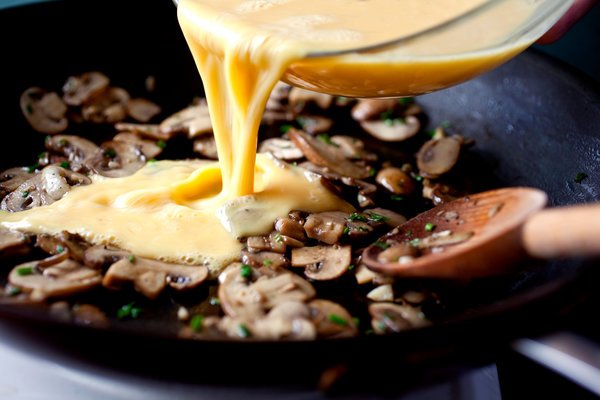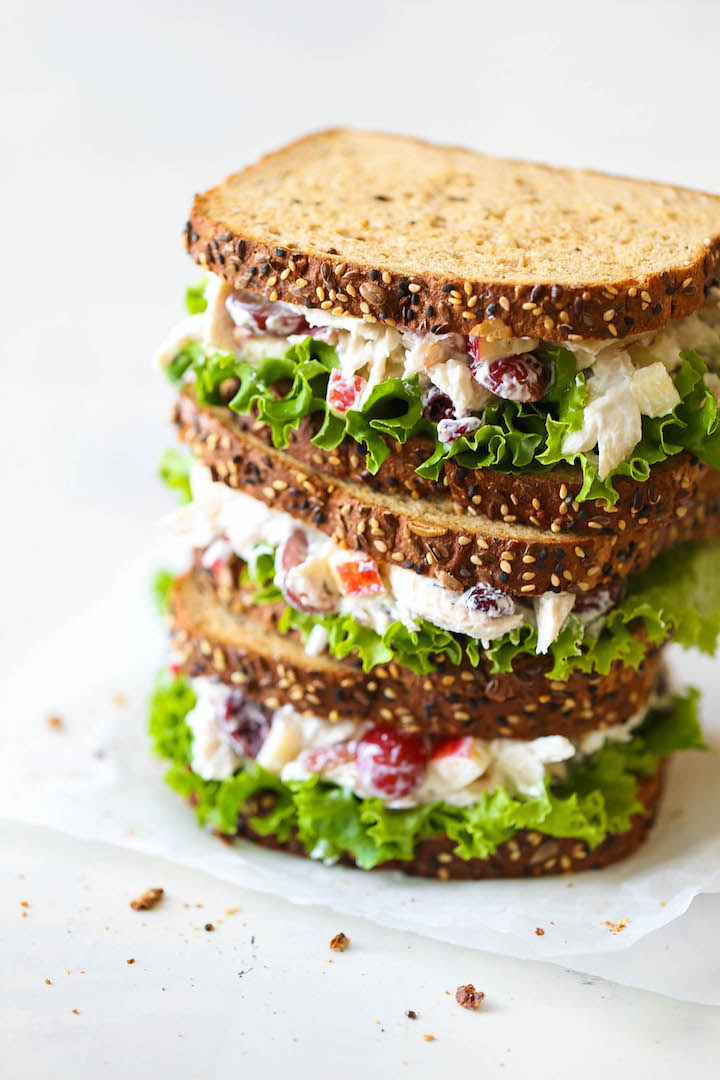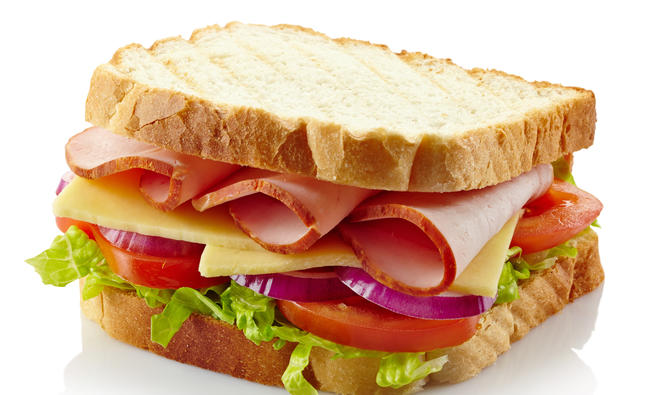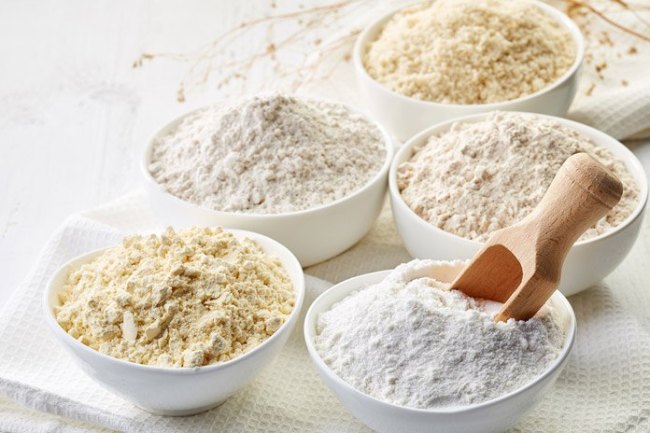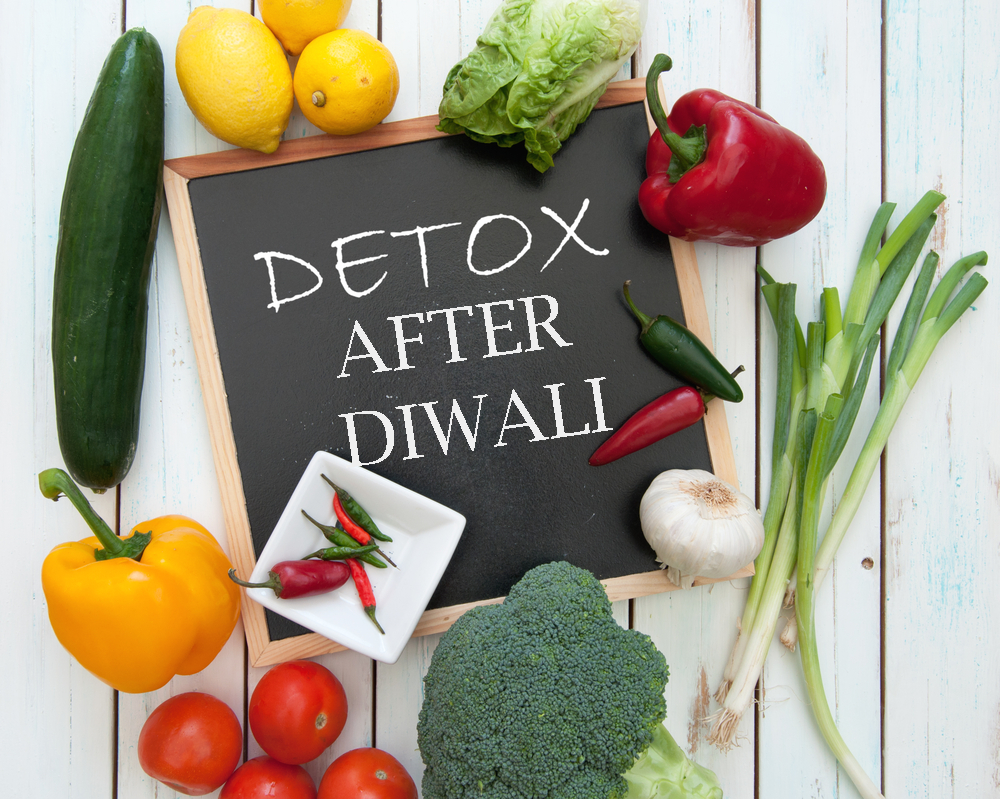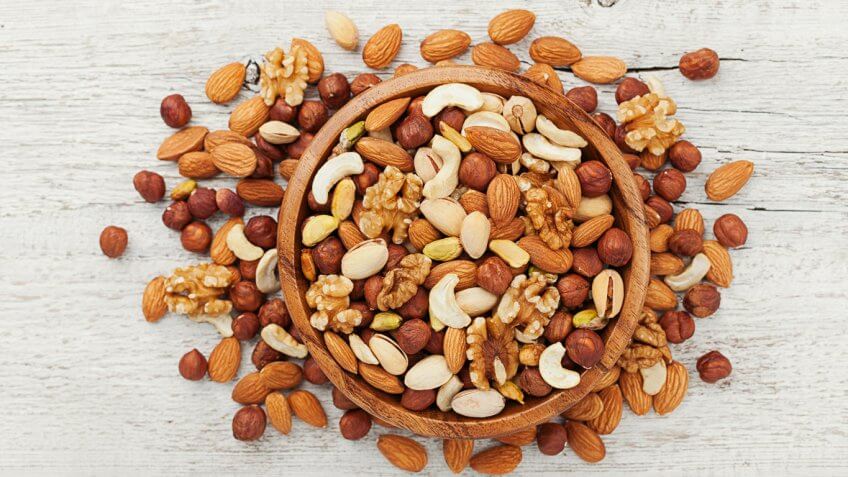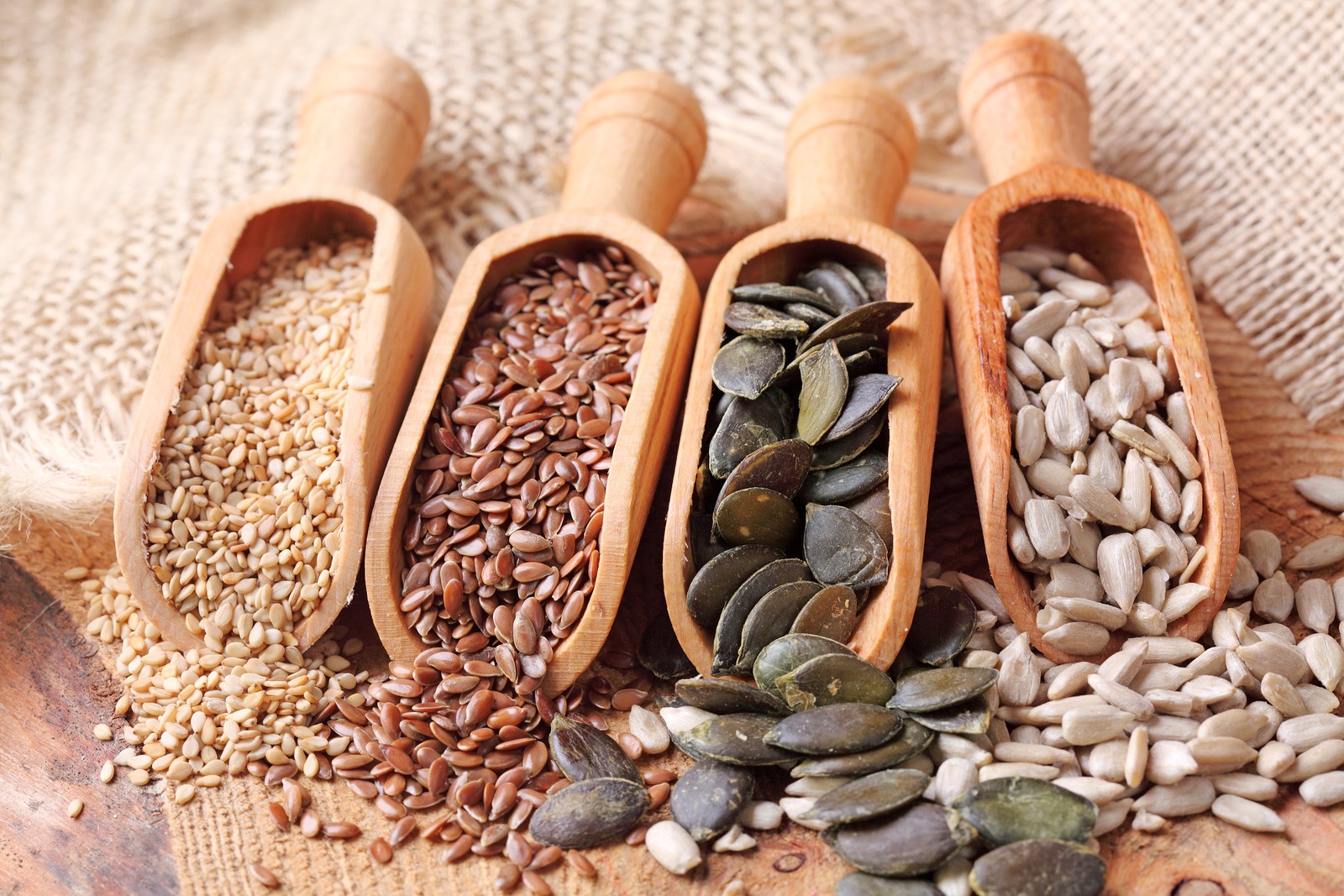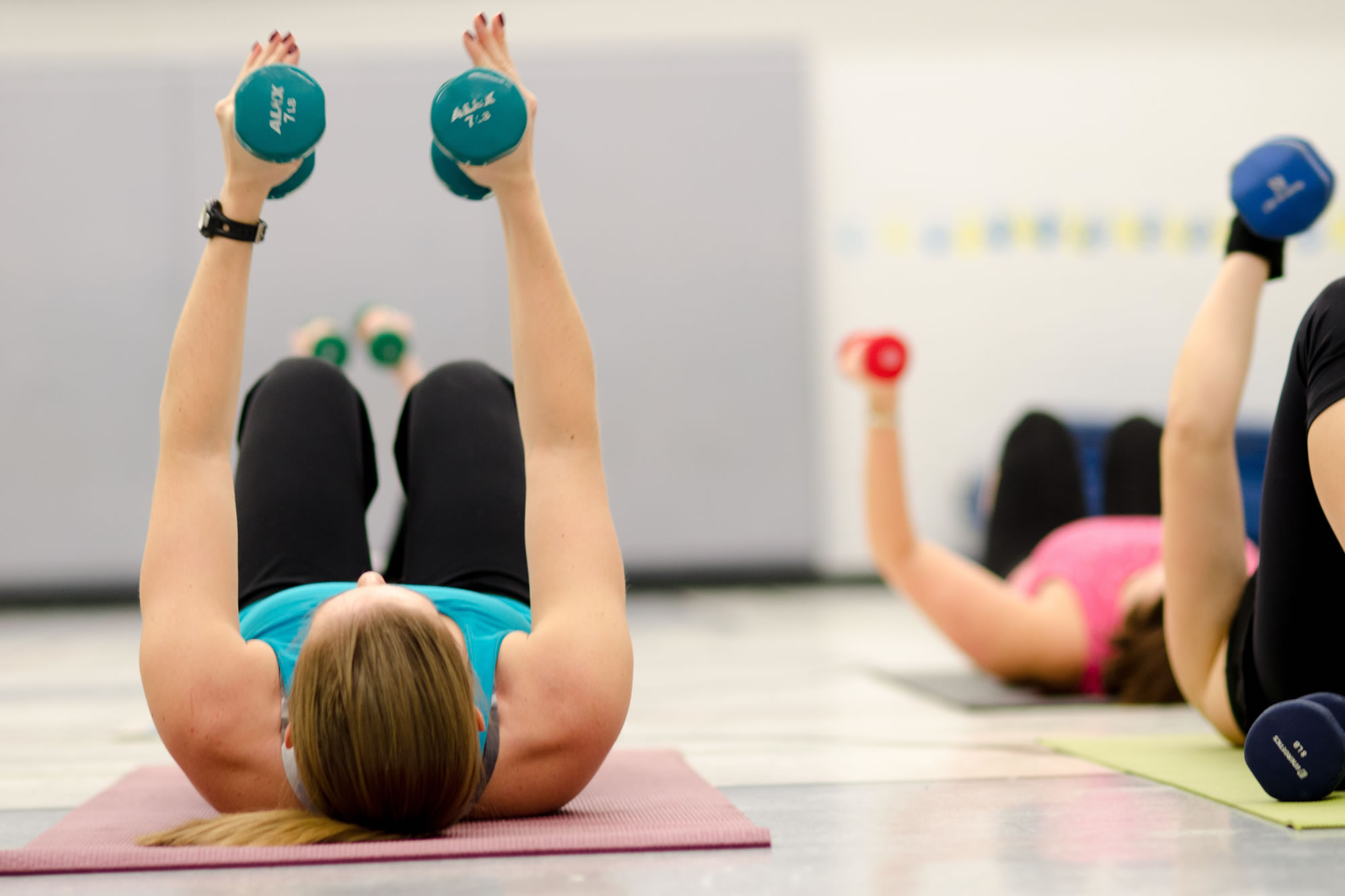Ingredients:
- 4 boiled eggs,
- 100-150 gm mushrooms,
- 11/2 tbsp maida, 11/2 cup of skimmed milk,
- salt, pepper and mustard to taste,
- a few drops of lemon juice,
- 2 tbsp chopped parsley or coriander,
- 2 green chillies-deseeded and chopped.
Method:
Cut the eggs into two halves and discard the yolks.
Place in a baking dish sprinkle some salt and pepper. Heat 1 tsp of olive oil in a pan and add chopped mushrooms, stir for 1-2 mins till soft.
Sprinkle the maida on the mushrooms and saute till light brown.
Lower heat and add milk.
Boil till milk thickens add salt, pepper, mustard powder, few drops of lemon juice and parsley or coriander leaves.
Add green chilies.
Pour the sauce over the eggs sprinkle breadcrumbs on top and bake for 7-10 mins.
Seemingly innocuous, flour has im mense power. Embedded in each grain are nutrients impatiently waiting to jump out and help your body combat diseases, and support you with your personal health goals. But how do you choose bread that’s good for you?
Different flours have different powers.Let’s sift through the grain.
- WHEAT-BASED FLOURS
Most of the wheat or atta used in Indian cooking is culled from the semi-hard wheat varieties or durum that are easily available, versatile, power-packed, tasty and good for you. Atta, cracked wheatlapsi fada and semolina sooji are all high-fibre, and are sources of both healthy carbs and fats. They have been associated with the reduction of bad cholesterol and high blood pressure and mitigate the risk of diabetes as well.While it is true that maida or refined flour -also part of the wheat family -has less fibre than its cousins, that doesn’t mean it’s fattening. The only difference is that it goes through your body faster and does not require as many calories to digest it digestion also burns calories. However, all wheat-based flours have gluten. So, those with gluten allergies need to take note.
- MILLET-BASED FLOURS
Flours from the millet family (millet is a small-seeded grass) are gluten-free. If you have gluten allergy, the millet family can be your choice of flours. Jowar, and its close relative, bajra, both belong to the millet family. Jowar lowers the risk of heart diseases as well as cholesterol. It also has cancer-fighting properties because of the presence of antioxidants, and brims with protein, calcium and iron. Bajra is a great source of energy, aids diges tion, is good for the heart, and with its ability to increase insulin sensitivity, is also great for diabetics.
- RAJGIRA AMARANTH FLOUR
The Indian kin to the superfood quinoa, this flour -made from the seeds of the amaranth plant -is a tasty non-gluten option. Rajgira has high iron, calcium, protein and antioxidant levels. Since it retains the hull during the process of making atta, the nutrients are retained.
- RICE FLOUR
Used a great deal in Southeast Asian cooking and in Indian dishes, like neer dosa, rice flour is good for those with gluten intolerance.
- SOY FLOUR
Soy beans are ground to make soy flour, which comes in full fat and low fat op tions. It bursts with vitamins and minerals, and is also one of the best vegetarian sources of Omega-3 fatty acids. Soy protein is great for women post menopause and also for elderly women.
- QUINOA FLOUR
Quinoa is a 100 per cent vegetarian reference protein which means that all the protein present in it is absorbed by the body. The only other food that does this is egg white, a non vegetarian option. The flour can be made at home simply by mashing up the quinoa and using the powder for any dish.
Ultimately, it’s how you treat your flour that takes away or adds to its benefits. Bathing it in ghee, oil or sugar will cancel most of its benefits.
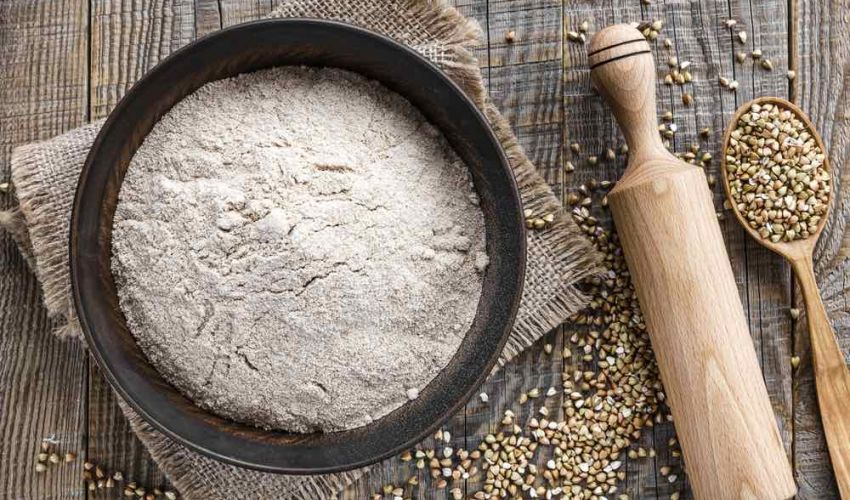
Weight gain is a little like that small pile of unattended laundry on your chair. Left alone, it’ll just stay there and pile up day after day. If you think you’ve gained weight during Diwali, don’t panic. But deal with it before the fat starts to accumulate.
DON’T STARVE…
That’s the fundamental lesson you need to remember. Don’t deprive your body of nutrition by starving yourself with drastic diets. Instead of losing fat, starvation ensures your body loses muscle. Muscle loss leads to more fat storage, which is why you always gain the weight you lose right after a crash diet. Food is the only thing that fuels your body and is your friend not your enemy.
…EAT SMART
Eat simple and smart during your detox phase. Shore up on simple proteins like sprouts and egg whites.Have 4-5 servings of fruit per day (100 gm of fruit per time), and eat and drink your veggies prepared without much oil, or as juice. But whatever you do, don’t forget to break up your meals into smaller ones. Eat every two hours. Like walking or running, digestion also burns calories and eating smaller meals frequently means that your body keeps burning, burning, burning.
…BUT DON’T LOSE THE OIL
Don’t cut oil out entirely because you’d be depriving your body of essential fatty acids. The lack of fatty acids dries up your skin, apart from other adverse effects. In this detox phase, include one teaspoon of oil in your cooking through the day.
STEP UP THE EXERCISE
Get to know your treadmill a little better. In addition to eating right, one hour of explosive exercise is what you need. You can walk, run, cycle, go on the elliptical but whatever you do, don’t forget cardio during this phase. Sweat it off.
SLEEP
Catch up on your sleep. Your body needs food, water and sleep for effective functioning. And fat burning and metabolising food is a part of its functioning. Studies have shown the strong link between weight gain and sleep deprivation. Snooze to lose.DRINK In this phase, drink about three to four litres of water. You could also mix it up by including other beneficial hydrants like coconut water, chaas and nimbu pani. Hydrate, hydrate, hydrate.
How much detox you need depends on how much you have abused your body. If you have binged for four days, detox for the same amount or a week, and so on.
But don’t overdo it, and trust your body during this process.
The body is magical. It will know what to do.
Healthy, tasty, packed with nutrition, easy to carry -it’s easy to go nuts over nuts. Dry fruits are not just delicacies but are powerhouses of nutrition. Packed with proteins, essential fatty acids, antioxidants and minerals, these are little factories of good health. Since most of the water is extracted from dry fruits, their nutrients are condensed into small packages. But if you are watching your weight, dry fruits should be eaten in moderation as they are nutrient dense in sugars too, and thus calories. Limit the intake to about 20 grams total of mixed t nuts and dry fruits and avoid snacking straight from a bag. It leads to overeating.
ALMONDS
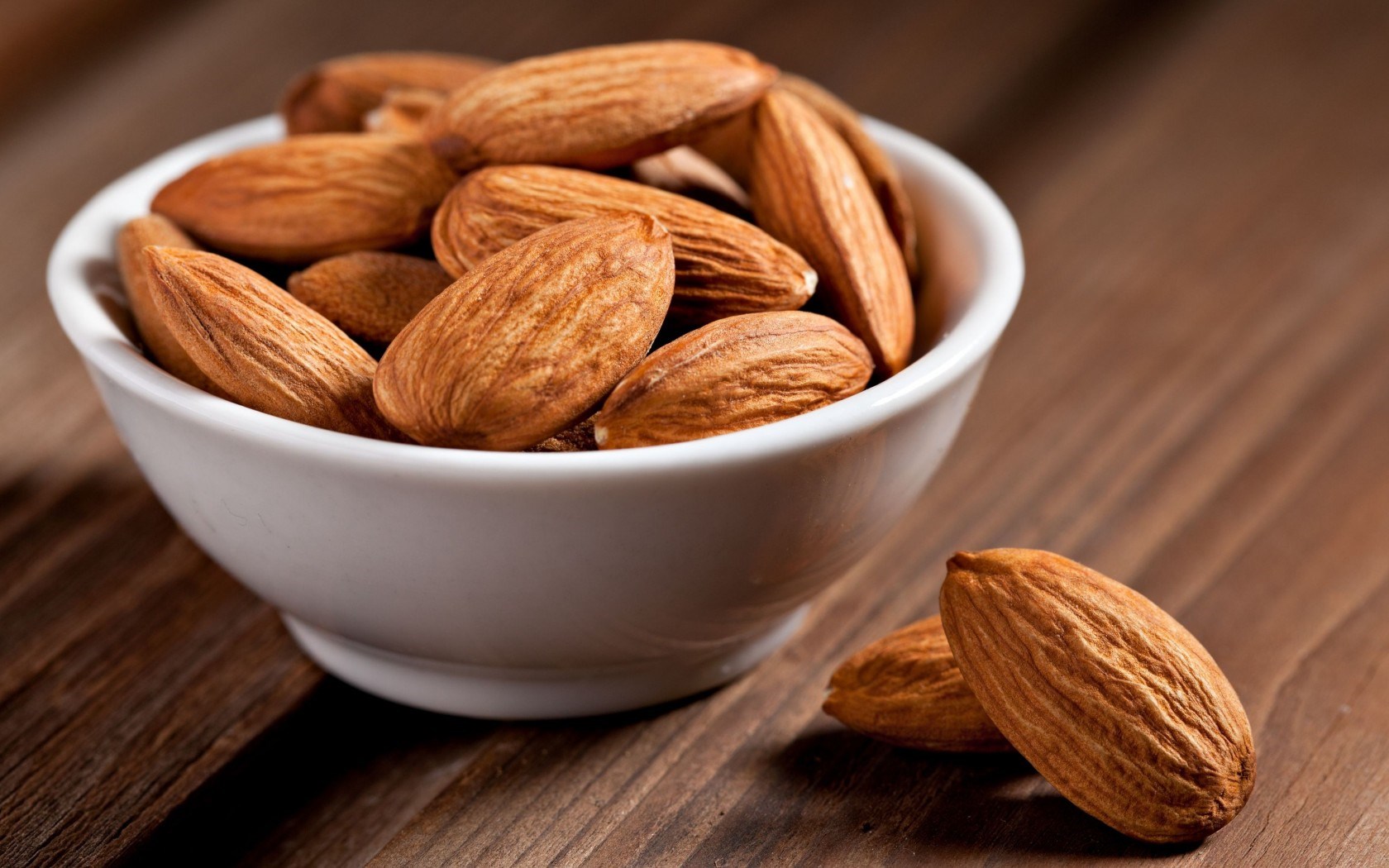 Can a high-fat food be good for you? Almonds challenge this oxymoron perfectly well. It’s rich in monounsaturated fatty acids that have a heart-protective role and are excellent for your brain and skin health. Almonds are also rich in Vitamin E, magnesium and potassium, all of which go hand in hand to maintain normal blood pressure, improve blood circulation and maintain healthy heart function. Trace minerals like copper and manganese found in almonds have added to their health quotient. Both copper and manganese are needed in very small quantities, but have an important role to play. Eat in small quantities (4-7 pieces) daily to get a whole entourage of health benefits.
Can a high-fat food be good for you? Almonds challenge this oxymoron perfectly well. It’s rich in monounsaturated fatty acids that have a heart-protective role and are excellent for your brain and skin health. Almonds are also rich in Vitamin E, magnesium and potassium, all of which go hand in hand to maintain normal blood pressure, improve blood circulation and maintain healthy heart function. Trace minerals like copper and manganese found in almonds have added to their health quotient. Both copper and manganese are needed in very small quantities, but have an important role to play. Eat in small quantities (4-7 pieces) daily to get a whole entourage of health benefits.
WALNUTS
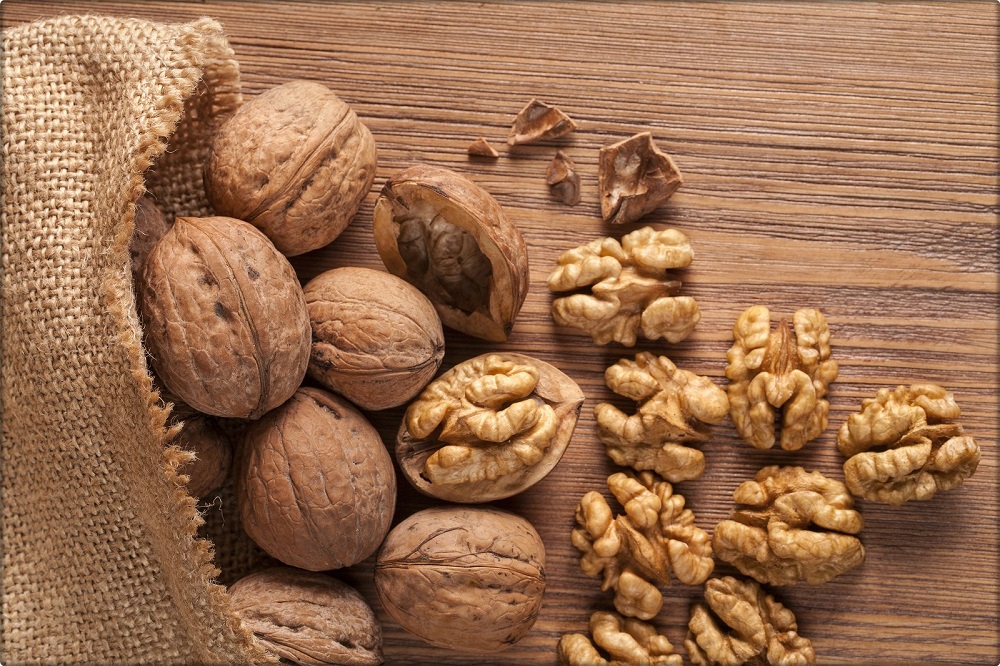 The outer layer of the shelled walnut -the white-ish, flaky, sometimes waxy part has a bitter flavour. But resist the urge to remove it. Research shows that 90 per cent of the antioxidants -including the phenolic acids, tannins, and flavonoids -are found in the skin.Walnuts are excellent sources of Vitamin E in a form that is unusual to find gamma-tocopherol. It has a major cardio-protective role. Along with great taste and health benefits, they are sources of monounsaturated fats and Omega-3 fatty acids. Add them to salads, desserts or just pop , them daily (3-4 halves).
The outer layer of the shelled walnut -the white-ish, flaky, sometimes waxy part has a bitter flavour. But resist the urge to remove it. Research shows that 90 per cent of the antioxidants -including the phenolic acids, tannins, and flavonoids -are found in the skin.Walnuts are excellent sources of Vitamin E in a form that is unusual to find gamma-tocopherol. It has a major cardio-protective role. Along with great taste and health benefits, they are sources of monounsaturated fats and Omega-3 fatty acids. Add them to salads, desserts or just pop , them daily (3-4 halves).
DATES
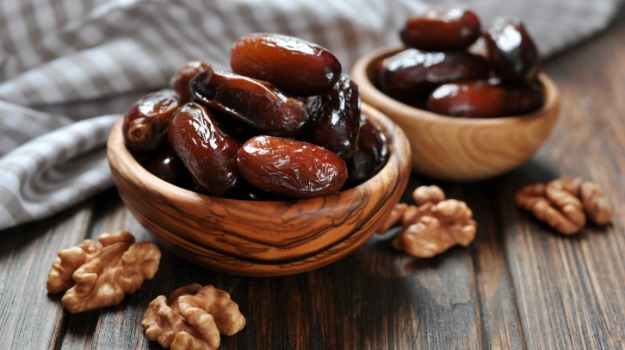 Incredibly delicious, dates are one of the most popular fruits packed with an impressive list of essential nutrients, vitamins and minerals, required for normal human growth, wear-n-tear and overall wellbeing. Rich in fructose and dextrose, dates provide simple sugars easily and are a good way to start the day and jump-start the body’s metabolism. Enjoy 1-2 medium-sized dates daily. Over indulgence can turn the tables on you.
Incredibly delicious, dates are one of the most popular fruits packed with an impressive list of essential nutrients, vitamins and minerals, required for normal human growth, wear-n-tear and overall wellbeing. Rich in fructose and dextrose, dates provide simple sugars easily and are a good way to start the day and jump-start the body’s metabolism. Enjoy 1-2 medium-sized dates daily. Over indulgence can turn the tables on you.
PISTACHIOS
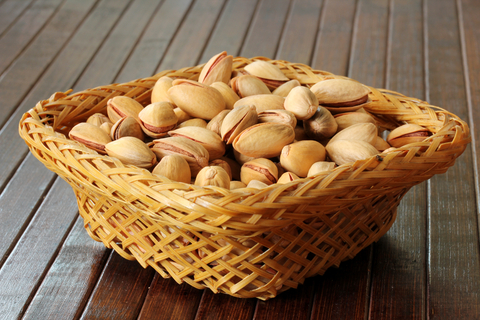
Symbol of wellness, strength and robust health, pistachios are the evergreen nuts that no one can resist. Pistachios contain more protein in comparison with other nuts like almonds, cashews, hazelnuts, pecans and walnuts; the fat content being the lowest amongst them. They are rich in oleic acid, carotenes and Vitamin E. However, the salted counterparts negate the health quotient. Limit quantities to not more than 20 grams a day.
HEMP SEEDS Advantages: A complete protein like egg, hemp seeds are an excellent source of easily-digestible proteins. They contain the essential fatty acids (Omega-6 and Omega-3) with GLA (Gamma-linoleic acid) that helps build anti-inflammatory hormones; they prevent conditions like arthritis, asthma and fibromyalagia.
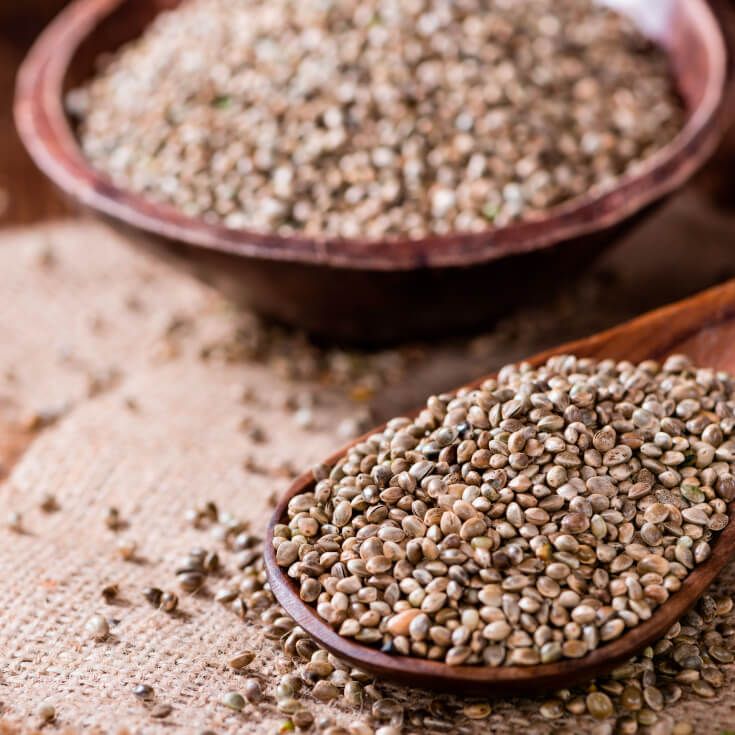
Add them to your diet: They look like sesame seeds but have a nutty flavour like sunflower seeds. Add them to salads or breakfast cereals, soups, pesto sauce (instead of cashew nuts) and post-workout smoothies for faster muscle recovery.
CHIA SEEDS Advantages: Excellent source of Omega-3 fatty acids, fibre and minerals like calcium, manganese and phosphorus (all necessary for healthy bones and teeth), chia seeds are a healthy addition to your diet. They lower insulin resistance (main cause of PCOD among women) and help fight diabetes, high blood pressure and cardiac problems.
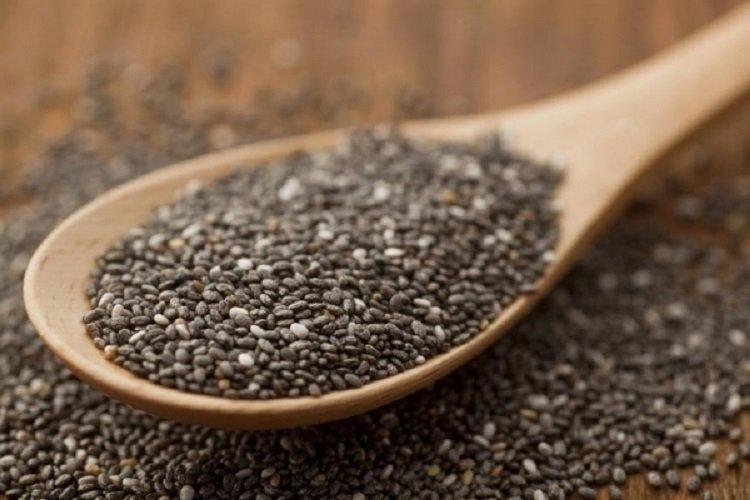
Add them to your diet: Chia seeds don’t have any particular taste. Add them to your breakfast your breakfast porridge or even plain milk. Sprinkle them (whole or ground) on salads or risottos, maketos, make them into a pudding with fruits, or make chia seed jam.
PUMPKIN SEEDS Advantages: Diversity in antioxidant content makes pumpkin seeds a good anti-ageing property. They contain Vitamin E in different forms, and thus benefit the skin. They ward off cancer, heart attacks, diabetes and have anti-fungal, anti-viral and anti-microbial benefits. A handful of pumpkin seeds, three to four times a week, is a must.
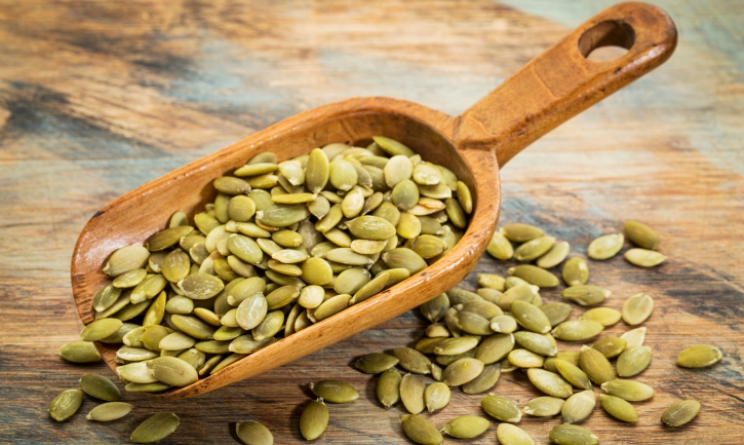
Add them to your diet: Roasted pumpkin seeds make for a tasty snack when flavoured with paprika or just lime and pepper. Do note they are high in calories too (100 gm = 560 calories), so limit your consumption. You can make granola bars out of them or add them to baked products, like muffins.
FLAX SEEDS Advantages: Rich source of dietary fibre, Omega-3 fatty acids and antioxidants, flaxseeds help adjust your good (HDL) and bad (LDL) cholesterol ratios and thus protect your heart, promote fertility, relieve constipation, improve immunity and avert production of cancerous cells.
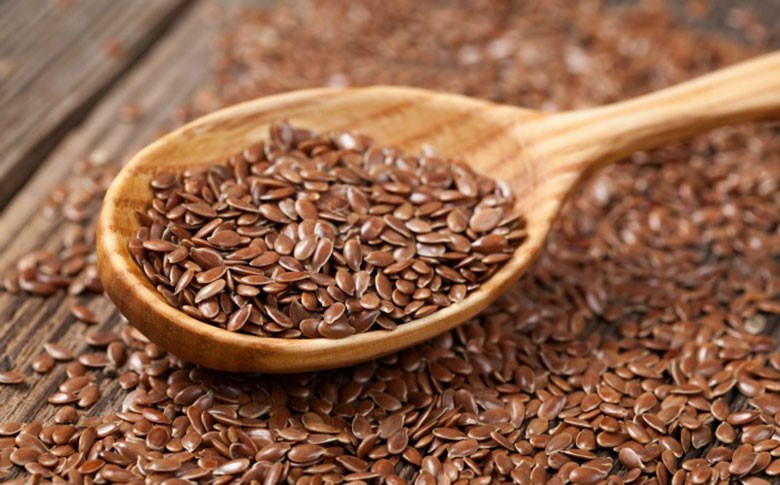
Add them to your diet: Most nutri tionists suggest that ground flaxseeds are better than whole because the former are easier to digest. However, remember, these seeds when ground and exposed to air, oxidise easily, turn rancid and lose their nutrition profile. So, grind small quantities, store in an air-tight container and consume them soon. Add them as a topping to yogurt, oatmeal, desserts and shakes.
SUNFLOWER SEEDS Advantages: An excellent source of Vitamin E, sunflower seeds neutralise free radicals and prevent asthma, osteoarthritis and rheumatoid arthritis.High in magnesium, they treat blood pressure, headaches and migraines along with promoting healthy teeth and bones.
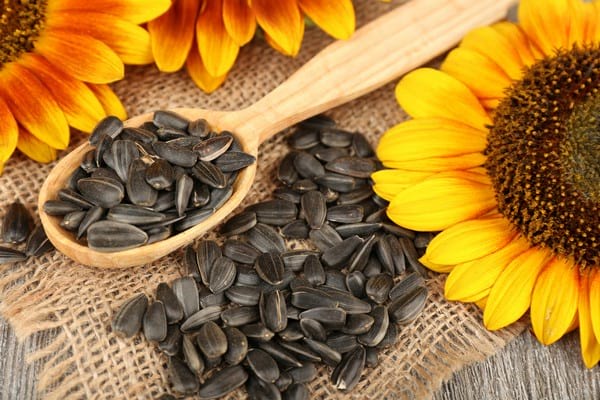
Add them to your diet: Because of their high fat content sunflower seeds be come rancid quickly. It is best to store them in the refrigerator. Add them to salads and scrambled eggs or sprinkle on hot or cold breakfast cereals.
SESAME SEEDS Advantages: Sesame seeds possess nutritive, preventive and curative proper ties. Their copper content helps provide relief from rheumatoid arthritis. Magnesium improves cardiovascular health and lung function while calcium prevents osteoporosis, migraine and PMS.
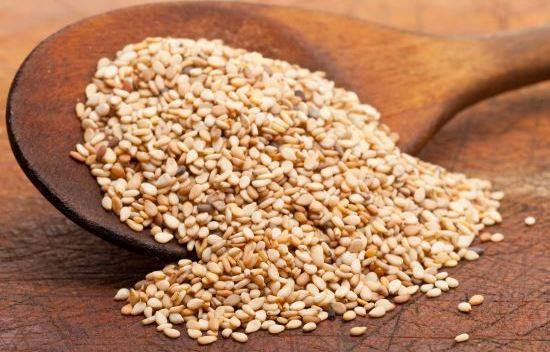
Add them to your diet: Tahini, made out of sesame seeds, is a favourite Arabic paste added to dips like hummus and moutabel. Sauté sesame seeds with vegetables or chicken, garlic, ginger and soy sauce or add them to breads, muffins or theplas and dhok theplas and dhoklas to increase their nutritional value.
Genetics and lifestyle habits play a significant role in skin health, but even if you have not been blessed with good genes, certain foods can help you fight problems like acne and wrinkles. Adequate hydration and an antioxidant-rich diet go a long way to ensure healthy skin. Among the other eliminatory organs in the body, skin plays a vital role because of its sweat pores. When the waste byproducts and toxins in our bodies are not excreted totally through the kidney mostly due to lack of hydration, the skin bears the brunt of it. Adequate water and other hydrating liquids is one of the key secrets to healthy skin. Coconut water, buttermilk, fruit and vegetable juices, milkshakes, smoothies and soups all count as hydrating fluids. Tea, coffee, aerated beverages and alcohol do not. Well-hydrated skin is inherently protected from wrinkles, pigmentation, flaking, peeling and dryness.
FOODS FOR BETTER SKIN
To ensure your daily dose of epidermal enhancing vitamins, have a tall glass of freshly-prepared vegetable juice. Include carrots (rich in vitamin A), tomatoes (rich in lycopene and vitamin C), avocados (contains essential fatty acids (EFA) and vitamin E), parsley or spinach (chlorophyll, vitamin B12, folic acid) and or any other vegetable available to you in your refrigerator on any given day they all come with great nutritional benefits. This glassful of nature’s bounty ensures your daily needs of vitamins and antioxidants from the plate, which is better than any pill or supplements. Did you know that Omega-3 fatty acid is the best anti-aging food known to man? To procure this in its most natural form, consume fatty fish like salmon, mackerel or tuna. Other foods rich in Omega-3 fatty acid are almonds, soya, olive oil and rice bran oil. Flaxseeds and flaxseed oil are excellent sources too. They are also rich in phytoestrogens, which have a synergistic effect along with Omega-3, to give you youthful skin.
Green tea is another skin-friendly food; it is rich in flavonoids, which help protect the skin against acne, pigmentation or wrinkles.
Probiotic curds is very important for healthy skin, as it improves your immune system and kills bacteria that cause acne and other skin problems like psorasis.
Collagen is an essential component of the skin, which increases and enhances its elasticity. As the collagen levels reduce (occurs due to exposure to the suns UV rays), skin loses its elasticity and shows signs of aging. Natural vitamins and minerals are collagen’s best friend. Egg whites are a strong source of zinc, an essential vitamin that keeps skin firm and youthful. Pomegranates are loaded with nutrients, including polyphenols, a very potent antioxidant that boosts collagen.
Your skin is a barometer of how well or how poorly you are feeding your body.
THINGS TO AVOID
Sugar: Excess sugar intake throws the insulin levels off balance, which can lead to inflammation both inside the body and on your face. Cut back on sugar-laden desserts, breakfast cereals, snack bars, sodas and other goodies. You’ll see a marked improvement in your long-term skin health.
Deep-fried foods: Fried foods have compounds called `advanced glycation end products’ very aptly termed AGES that are linked to oxidative damage, and result in inflammation that can make your skin look ruddy, dull and wrinkled.
Excess salt: Most fried foods create a double whammy of trouble, as they are also high in sodium, which causes water retention. It’s most noticeable in the under-eye areas, as the skin there is very thin, and it doesn’t take much to cause a swelling.
The last key ingredients to the perfect skin are exercise and adequate sleep. Get your heart rate up and break into a sweat for that healthy glow, and don’t forget to sleep on time.


It’s 3 am. Sharp pains have suddenly awakened you. Last night’s memories of a fab dinner with friends now clash uncomfortably with the real time sensations of a full-fledged nuclear war in your stomach.
Indigestion is more common than you think. Symptoms include acidity, nausea, bloating, belching, burning sensations in the stomach or the upper abdomen, abdominal pain, gas and even vomiting.
Sometimes confused with heartburn, indigestion could be attributed to a number of causes from medical conditions (ulcers, irritable bowel syndrome, stomach infections and more) to medication (aspirin, painkillers, antibiotics, oral contraceptives). Lifestyle habits (eating too fast, eating in huge quantities, eating food that’s high in fat or eating under stress) are also culprits. Additionally, if you consume too much alcohol, smoke too much or are stressed or fatigued, you are more prone to indigestion than others. Here’s what you should -and shouldn’t -eat to help you ease the digestive process.
Stomach this Fibre: Foods high in fibre are wonderful for your digestive system. But there’s no need to scarf down unappetising or strange foods. You need to up your intake of wholewheat bread, brown rice, oats and beans, fruits and vegetables.
Water: Water is a key lubricant for your digestive system. It facilitates the easy movement of waste, softening your stools in the process, helping prevent constipation. It also helps your body break down the food you have eaten.
Drink 8-10 glasses a day.
Drinks: Caffeine-rich drinks such as colas, teas, coffees and other fizzy drinks worsen indigestion as they increase the level of acidity in your body. Fizzy beverages also lead to bloating. For relief, ditch the above for herbal teas, milk or just plain water.
Probiotics: Probiotics are `good’ bacteria, which are natural ly found in the gut, and have been associated with host of health benefits, including aiding digestion.
Food companies have started producing probiotic milk, drinks, dahi and even ice-creams.
NOT THIS Spices: In India, it is as hard to let go of spicy foods as it is to limit your intake of tea and coffee. Spices have been known to trigger stomach ache and heartburn, so if you find yourself in pain or discomfort regularly, try and limit your consumption of heavy, spicy meals. And if you can avoid spices completely, nothing like it!
Fat: Your body finds it harder to digest fatty food items like burgers, French fries and samosas. And this is why they cause you a great deal of discomfort. The more you cut back on difficult-to-digest fried and greasy foods, the more your stomach will thank you for it. Bumping up your intake of skimmed milk and low-fat foods will spare you both the pain and the weight gain.
While this is a general list, it’s always best to keep track of the foods that work or don’t work for you. Try and keep a diary of the food you eat for a week or two to figure out what’s behind that episode of nausea or gas. You may even realise that you are lactose intolerant, and that dairy was the culprit after all.
And lastly, please do take time out for yourself to relax your mind, and ease your stress. Indigestion is aggravated by anxiety and it’s important to free your mind to free your body.
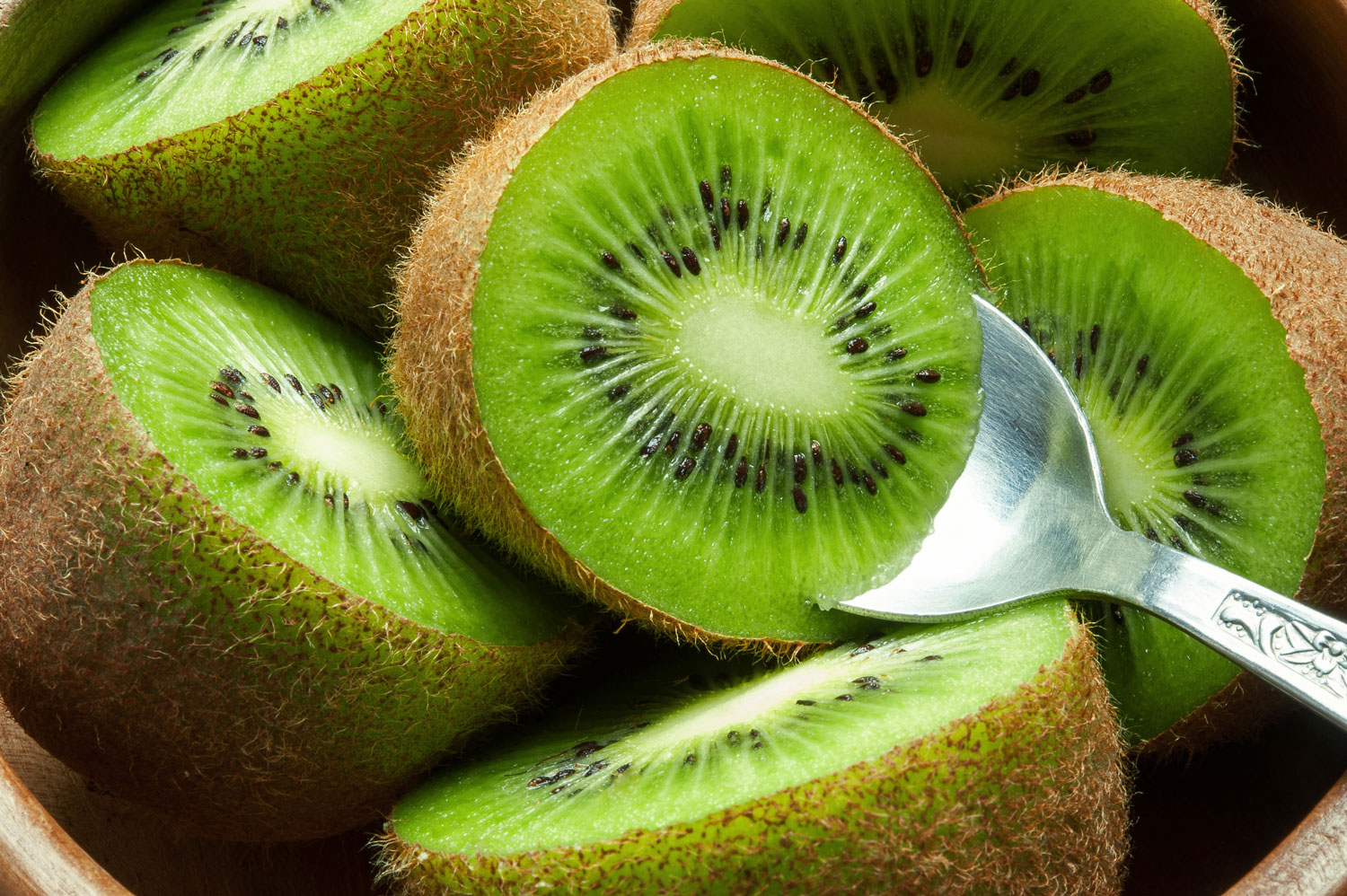
Get your new-age beauty fix with Zespri’s SunGold Kiwifruit. Ten years in the making and now in India, this fruit has abundant beauty benefits that will leave you feeling beautiful both inside and out. A delicious snack and an exotic addition to your dishes, this fruit is an integral part of a healthy diet as well as your skin care and beauty regime.
Says nutritionist Pooja Makhija, “The Zespri SunGold Kiwifruit is great for skin and hair, and infuses vigour and vitality in the day. The fruit works wonders for people of any age trying to lose weight and adapt to a fitter lifestyle. Kiwifruit has three times the vitamin C of an orange and having just one everyday can fulfill 100% of your daily vitamin C needs. So, brush away the sluggishness and add that natural flush to your face by having a kiwifruit today.“
When compared to other fruits, the cost of 1kg imported apples is `200 to 250, which makes it roughly five apples at `40 to 50 each. On the other hand, the cost of Zespri SunGold Kiwifruit is `33 to 35 per piece, making this nutritional powerhouse value for money.
A kiwi fruit has an abundance of vitamin E, which helps build collagen that improves skin elasticity and firmness. The high vitamin E content prevents inflammatory damage from sun exposure It is a natural beauty enhancer since it is packed with antioxidants, which help prevent wrinkles, fine lines and dullness. It also slows down the ageing process and is a natural fix for pigmentation Rich in vitamin C, one of the most effective nutrients to help grow and strengthen hair, the fruit also helps maintain the integrity of nails by strengthening our skin, connective tissue, bones, and blood vessel walls The Glycaemic Index (GI) is a relative ranking of carbohydrate in foods according to how they affect blood glucose levels. A SunGold Kiwifruit has one of the lowest GI levels at 38 and is low in calories, making it an ideal choice for weight loss diets and healthy living. It is available at all major retailers and online stores.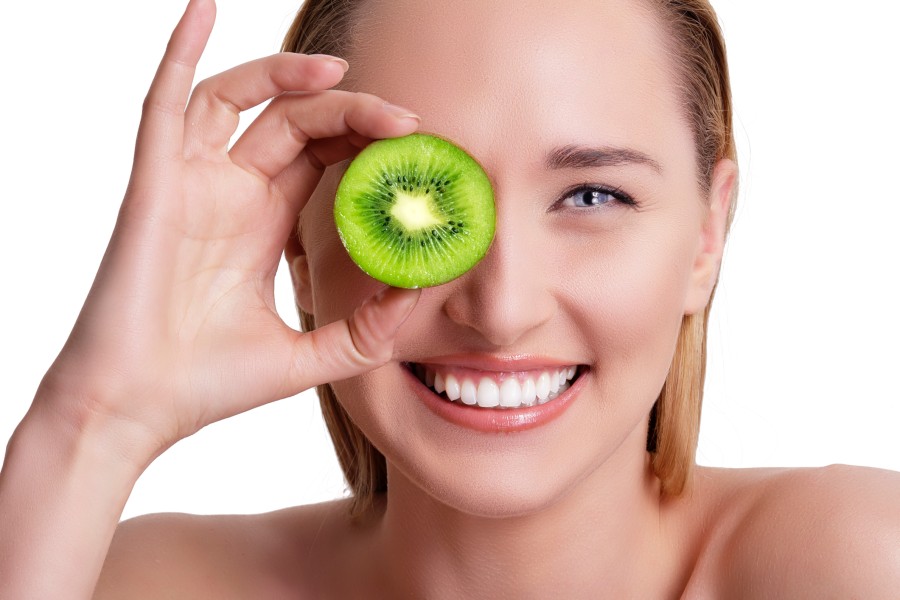
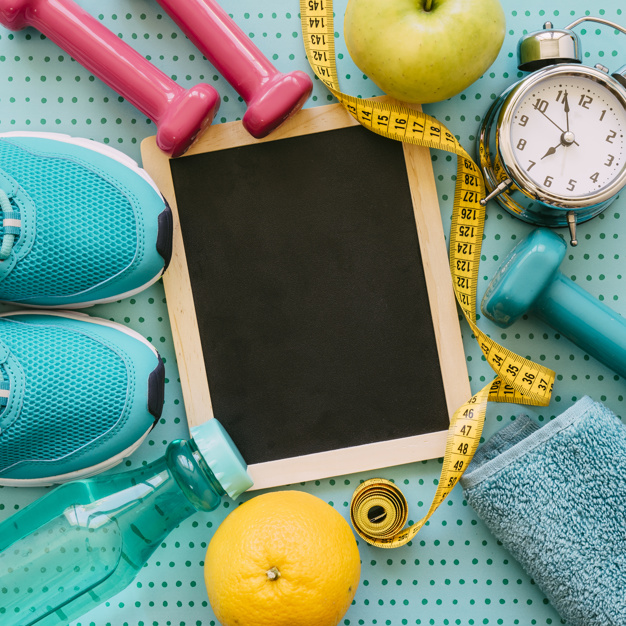 Traditionally, men’s fitness has always been associated with getting bigger and not smaller.From the days of Rocky Balboa and John McClane to Vin Diesel and John Statham, big beefy guys defeated the bad guys and got the girls. The notion of fitness with getting thinner -and not beefier -is a relatively newer phenomenon for men, who, like women, are putting on more weight because of a sedentary lifestyle.
Traditionally, men’s fitness has always been associated with getting bigger and not smaller.From the days of Rocky Balboa and John McClane to Vin Diesel and John Statham, big beefy guys defeated the bad guys and got the girls. The notion of fitness with getting thinner -and not beefier -is a relatively newer phenomenon for men, who, like women, are putting on more weight because of a sedentary lifestyle.
While it’s important to spend more time in the gym, getting off the couch may not be the only way to banish your inner, and outer potato. Paying attention to nutrition becomes crucial to losing weight and keeping it off. While the schools of thought on weight loss are as diverse as the people who graduate from them, I’ve broken them down into Hard and Smart. The difference is replacing the old idea that you need to kill yourself to achieve anything in life (Hard) with the belief that you can have your cake, and eat it too (Smart).
Hard: Eat less, weigh less Smart: Eat to lose
If you’ve been drastically cutting calories when you want to lose weight, here’s why you shouldn’t. Cutting too many calories puts you body into starvation mode. When your body is in this mode, it can’t metabolise, or burn fat (because fat burning occurs only when your body is adequately nour ished). If your body can’t burn fat, it starts to burn the next best thing: muscle. The more muscle you lose, the more your fat cells start to increase: the lost muscle is replaced by fat. And the more fat cells you have, the greater your body’s tendency to store more fat when you get back to eating `normally’. Fat burning is at its optimum when your body is adequately nourished with a balanced and healthy diet. So many of my clients have to eat more than they ever did (healthier stuff like fruits, veggies, egg whites), and that too at frequent intervals.
Hard: No snacking Smart: Eating every 2 hours
Eating between meals was said to be the culprit behind weight gain, with the implication that you needed to eat only during your main meals (breakfast, lunch and dinner) to lose weight. However, studies have disproved this belief.You need to get away from the age-old habit of packing your day’s nutrients into three-four meals, and instead, spread them out in the form of smaller, more frequent meals.
Digestion itself is a calorie burning activity just like walking, running or jumping. By eating smaller meals through the day, you allow your body to burn calories through the digestive process. Eating every two hours (not more or less), I find, is the best way to take advantage of this phenomenon.
Hard: Sweat more, eat more Smart: Sweat less, eat smart
So many of my clients come in with the idea that they can eat whatever they want, so long as they are working out. It’s such a hard way to lose weight. It’s really just about the math. If you eat a 1,000 calorie burg er, you will need to jog for approximate ly two hours to burn it off. Would n’t an easier option be to choose a less calorific version of the same dish? Restaurants all over the country can make low-fat versions of your fave foods. Eat smart. Spend less time in the gym. Exercise can only complement, and never replace food as a way to lose weight.
Hard: Fixed workouts Smart: Get moving to get losing
You don’t necessarily have to workout at a set time and at a set place to get your weight loss going. Increase your level of daily activity. Walk up the stairs instead of taking the elevator or escalator. Include more activities like hiking or cycling when you vacation. Walk over to your colleague’s desk instead of emailing them. Your body will take note of the cumulative increase in activity and will reward you by losing the weight. You’d be surprised at how effective, and motivating, this is.
Hard: No junk food… ever Smart: Everyone’s invited
Your life is made up of all sorts of buddies: the nerd, the shopaholic, the one you can call at 4 am to bail you out of jail or the one who has seen you through drunken binges and toxic relationships. You’ve got to use the same logic with food. Food exists in all kinds of shapes, sizes and forms. Some you need to be acquaintances with, some you can be good friends with, and some you can be best friends with. But the good news is, you can be friends with all kinds of food.

